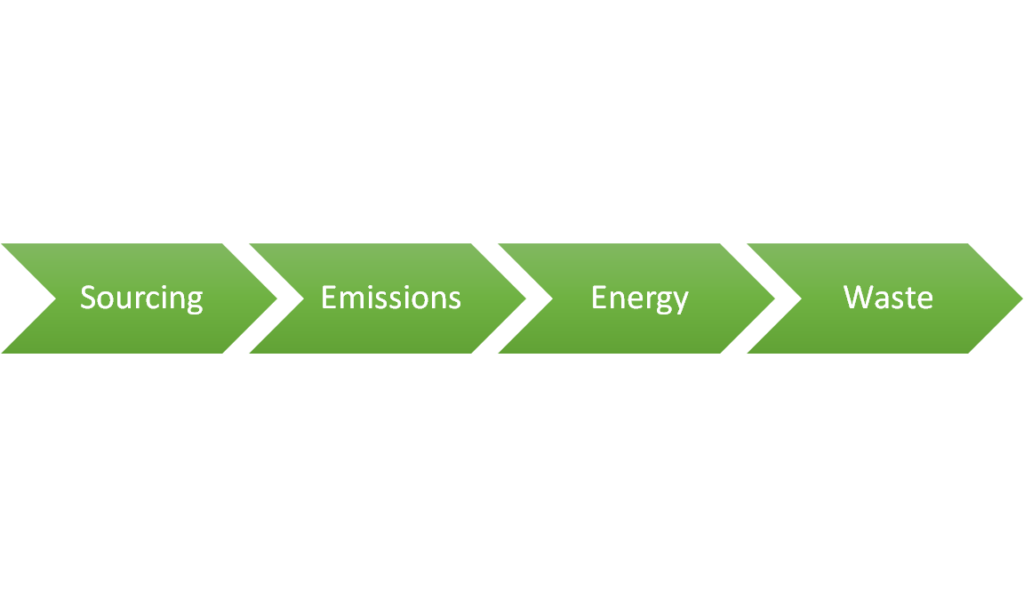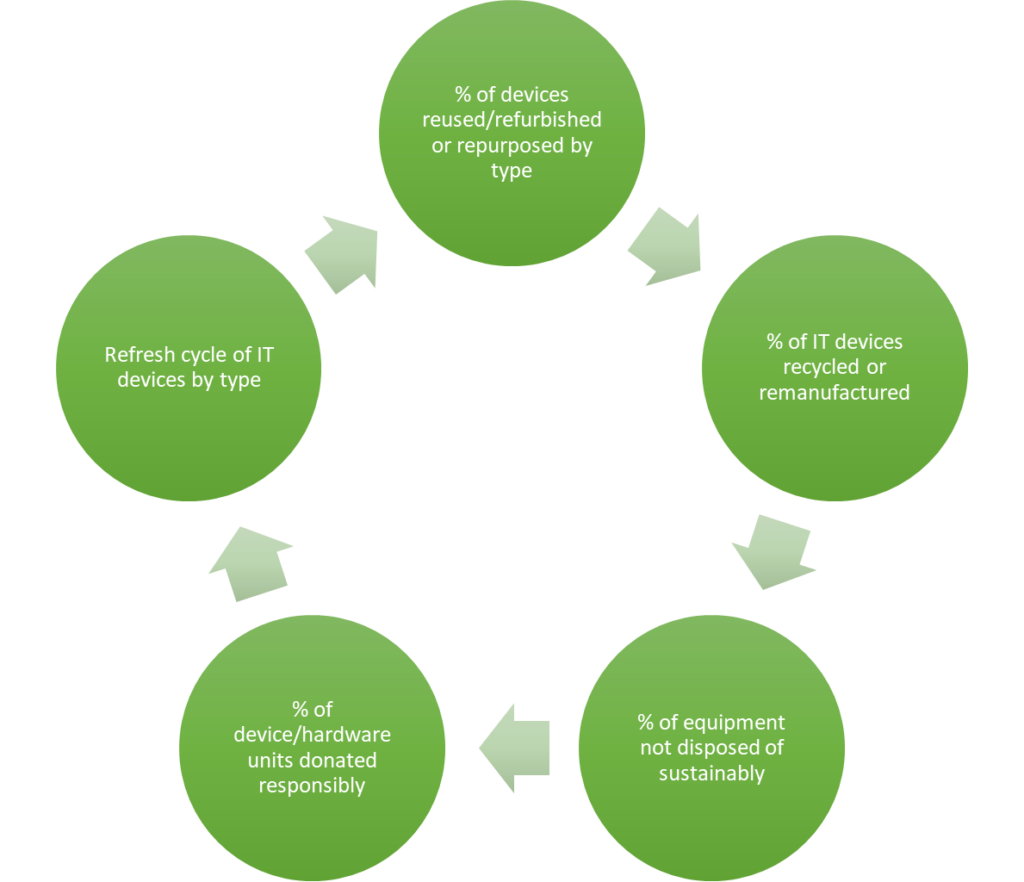SustainableIT.org launches Technology Sustainability Standards
SustainableIT.org has launched the world’s first Technology Sustainability Standards
Sustainable IT is a key focus for ITAM Review as we help prepare our audience for this exciting new opportunity to advance our careers and make a difference to the world. We believe that ITAM can operationalize sustainable IT projects thanks to our unparalleled IT visibility, trustworthy data, and key stakeholder relationships. What’s been missing until now is some detail around metrics and reporting, and that’s where these new standards from SustainableIT.org come in. By measuring and reporting our sustainable IT activities using these common standards, we can benchmark our success against our peers and determine best practices for solving common problems.
What is SustainableIT.org?
SustainableIT.org is a non-profit body set up in 2022 by technology leaders around the world to develop standards and advocate for a different and sustainable approach to using and managing technology. Importantly, the organization is very much end-user focused, with CIOs and CTOs from Finance, Insurance, Life Sciences, Retail, and Manufacturing playing key roles. As such it is focused on practical, real-world, and delivery-oriented initiatives. As we’ll see later in this article, this is manifested in the accessibility and simplicity of the proposed standards.

What are the new sustainability standards?
The standards provide a common set of metrics to measure how environmentally sustainable key technology processes are. They focus on four areas – Sourcing, Emissions, Energy, and Waste – across two spheres – “within IT” and “by IT”. This captures elegantly the link between what IT does (within IT), and what the organization does with services provided by IT. In this way IT can demonstrate leadership in this area by operating sustainably internally and using that mindset to do the same for the services they provide. Essentially, they act as a responsible and ESG-conscious supplier and service provider.

That’s important because it enables technology to influence business strategy – for example by putting a metric on the impact of remote working or digital transformation programs. We might think that remote working is good for the environment, but wouldn’t it be great if you could put an actual figure on it? And, more importantly, use that metric to track progress towards a goal?
How do the standards help ITAM teams?
This is best illustrated by an example of a common process for ITAM teams – disposal of redundant IT kit via IT Asset Disposition (ITAD).
The standards cover disposition in the topic “Device & Hardware Lifecycle Circularity.” Five metrics are provided as per Figure 2:

Now, on the face of it, these are somewhat obvious metrics. I’d argue that’s where their strength lies. They’re relatively easy to measure for ITAM teams already possessing tight control of the asset lifecycle. This is also the case in other areas of focus for the standards such as kWh of energy consumption in a datacenter, and the percentage of that which is from renewable/sustainable sources.
These fact-based metrics lend themselves particularly well to exposure on management dashboards. Yes, there’s a lot of data behind them but these standards get the right data to the right people in the right way – and at the right time. Easily tracked metrics are actionable metrics. It’s perhaps a happy accident of having such standards defined by a group largely consisting of CIOs and CTOs – they’ve been written in the language they understand, and therefore an ITAM team using them has a good chance of being seen, heard, and understood by one of our critical stakeholder groups.
As with any improvement program, progress happens when it is measured, and these standards and metrics enable a baseline to be generated and targets to be set for where we want to end up. Furthermore, it becomes straightforward to benchmark against our peers if we all use the same reporting standards, and that will help share industry best practices.
Summary
In conversation with an IT tool vendor recently it was pointed out that building sustainability metrics and reporting into ITAM tooling shouldn’t be seen as a source of product differentiation or competitive advantage – this subject is far too important for that. It’s inherently sustainable to share best practice rather than trying to reinvent the wheel! This is very much the approach ITAM Review are taking by sharing this important first step towards making ITAM and IT professionals change agents in making our organizations more sustainable.
Further Reading
To access the full set of standards visit https://www.sustainableit.org/standards/environmental-sustainability-standards
For more on SustainableIT.org visit https://www.sustainableit.org
Can’t find what you’re looking for?
More from ITAM News & Analysis
-
ITAMantics - April 2024
Welcome to the April 2024 edition of ITAMantics, our monthly news podcast where we discuss the biggest ITAM stories from the last month. George is joined this month by AJ Witt and Ryan Stefani. Stories tackled ... -
Broadcom is removing expired VMware licences from its portal - take action now!
Hot on the heels of Broadcom’s announcement of the end of perpetual licences for VMware it has given customers barely a week to download any keys for licenses from its portal with expired support. This is ... -
Who Loses When Broadcom Wins?
News of a new Broadcom deal rarely arrives with great fanfare. The November 2023 VMware acquisition provoked open worry online and in business circles, with many critics wondering whether the former Hewlett-Packard spinoff’s reputation would prove ...